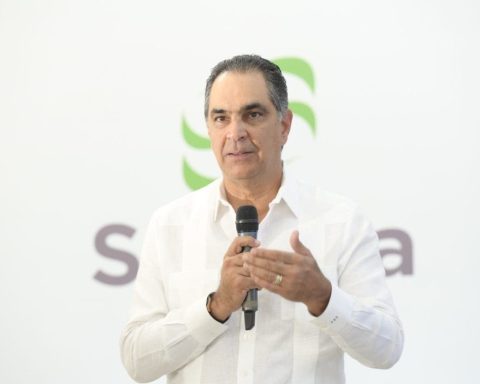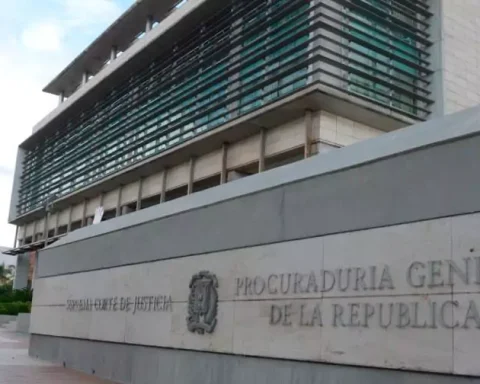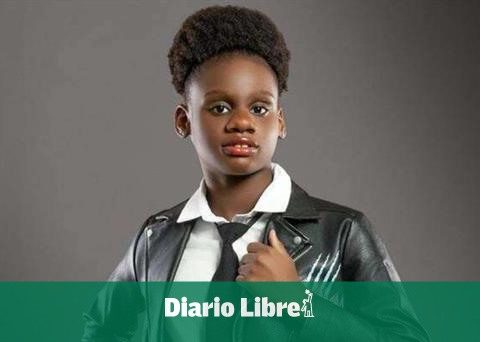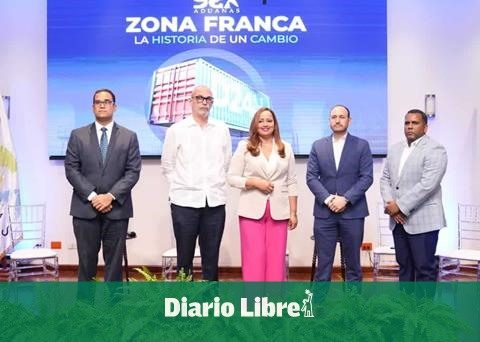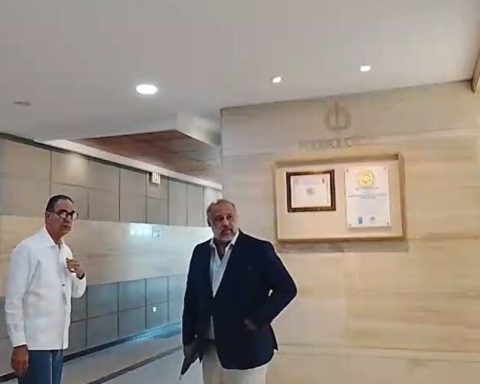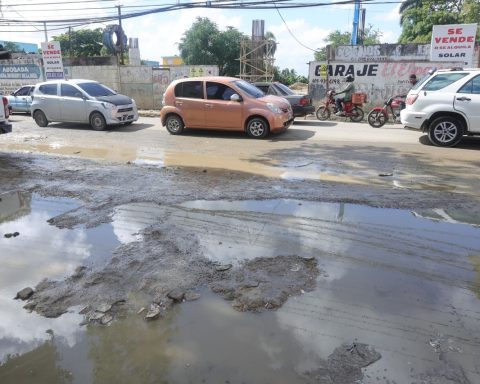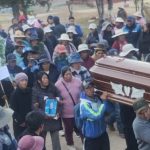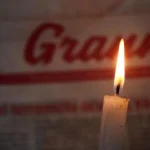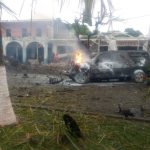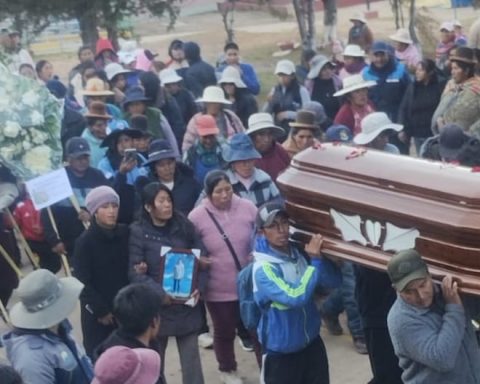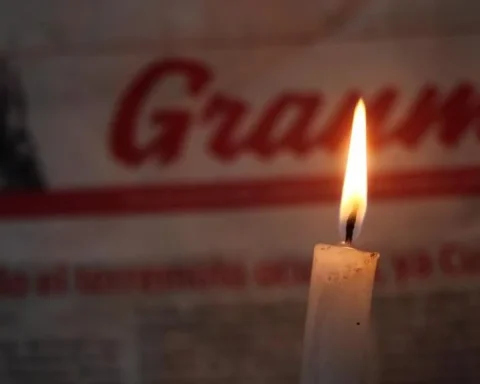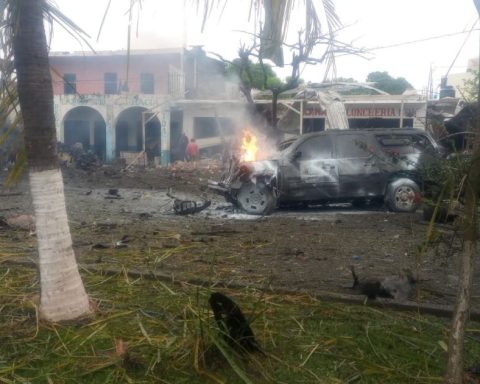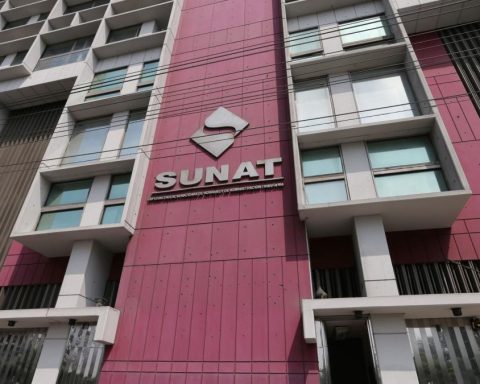On January 22, 2017, the streets of the National District looked green. Thousands of protesters dressed in that color gathered on the first Green March celebrated that day. Thus was born a popular, civic and, apparently, non-partisan movement, which brought together the hopes of those who saw in it a way to demand solutions to social problems and the changes that the country demanded. Their motto was: “For the end of impunity.”
In that year there was a feeling of rebirth in the way protest of the Dominicans. The citizens They walked along 27 de Febrero Avenue and 30 de Marzo Street, to Parque Independencia, demanding that the authorities combat the corruption.
Since January 22, and during three intense years of protests (2017-2020), the Green March organized more than 30 demonstrations in different cities of the country. But eight years later that movement has disappeared.
The change of government meant for the Green March a lethargy from which, until these days, it shows no signs of recovering.
The initiative, which gained national and international significance, began by asking justice against those involved in scandals corruptionmainly in the case Odebrechta company that acknowledged having paid 92 million dollars in bribes in the country.
In the so-called Green Book, 312,415 signatures were collected citizens which were delivered to the National Palace by representatives of the movement, along with a letter containing their demands. This stated that the president Medina will create an independent commission of prosecutors to investigate everything related to Odebrechtin the company of the United Nations.
Furthermore, it requested submission to the justice of the officials identified as bribed. In addition, it requested the submission to popular judgment of the president Danilo Medina and that a Constituent Assembly be held to relieve the government.
Finally, Ángel Rondón and Victor Diaz Rua were convicted in the case Odebrechtto eight and five years in prison, in the first and second instances, but they were later acquitted, in August 2024, by the Supreme Court, which heard an appeal.
The beginning of the end
Among the most massive marches of this movement, those in the capital, Santo Domingo, and cities such as Santiago, La Vega, San Francisco de Macorís and Puerto Plata stood out. Throughout those three years of activism, these demonstrations were key in promoting the public debate about the corruption and the weaknesses of the national judicial system.
Among the conveners of the Green March They included the Broad Popular Struggle Front (Falpo), Citizen ParticipationCitizen Forum, Citizen Power, Somos Pueblo, the Juan XXIII Center, the National Human Rights Commission, the Popular Bloc, the Independent Workers Movement, the Working Women’s Movement, the Codiano Committee and the Juan Pablo Duarte Magisterial Current.
Also, the Flavio Suero Student Front, Los Peregrinos de Moca, Juventud Caribe, Faprousad, La Multitud, the Renewal University Front, Grupo Milenio Verde and the Unified Party of Dominican Communists (PUCD-Tsunami Verde).
Later, part of the leadership of the Modern Revolutionary Party (PRM) joined the green movement, after Medina was re-elected with 63% of the votes in 2016.
Other interests gravitated to the movement when representatives of companies private electric generators that sold energy to the Dominican State, they also supported it, before the entry into operation of the Punta Catalina Thermoelectric Power Plant (built by a consortium linked to Odebrecht). But it was the integration of the most visible heads of the movement to the Governmentafter the electoral victory of PRMwhich, apparently, ended deactivate the march that, until today, stopped.
In 2020, a few days after President Luis Abinader arrived at the National Palace for the first time, after winning the July 5 elections, a group of leaders of the Green March publicly supported him, led by María Teresa Cabrera, Manuel Robles , Natalia Mármol, Heidy Adón, Danny Reyes, Jhonatan Liriano and Rafael Jovine, among others. The passage of these leaders to the Government affected the protest movement in the country. Since then, the demonstrations against corruption from the State have been less significant.
